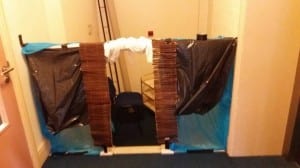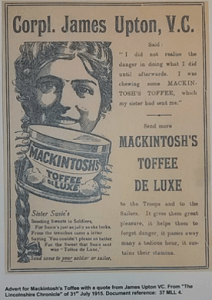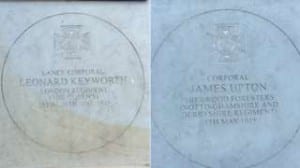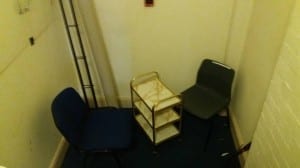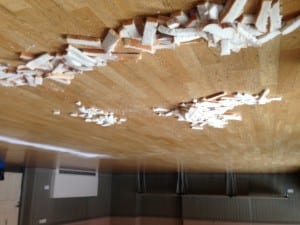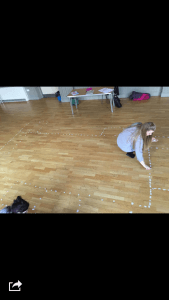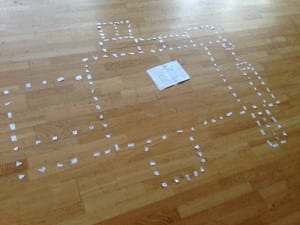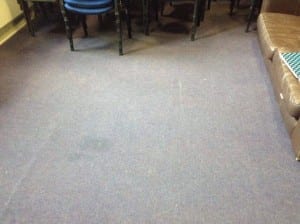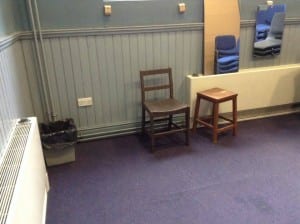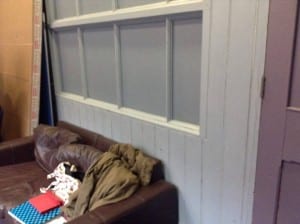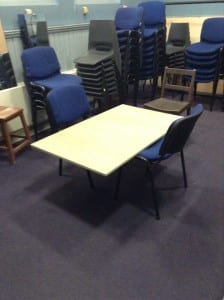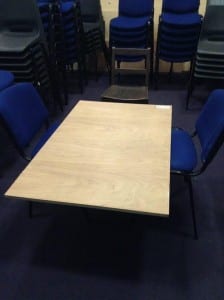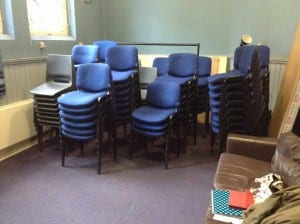‘To the Glory of God and in loving memory of Rosamund, only daughter of HS Acworth, Vicar of Chobham. She died in Lincoln Gymnasium April 6th 1899 aged 17’ (extract from the plaque underneath the stain glass window dedicated to Rosamund within the Cathedral)
Almost to the day, it has been 117 years since Rosamund made the trip to the Drill Hall for a gymnastics lesson.
Research
The finding of a newspaper article in the Lincolnshire Library gave us the majority of the information used within the piece, as well as an article that can be found at the following link –
This link not only gives an overview of the events of 6th April, but also outlines all of the memorials left for Rosamund in the Lincolnshire. The facts gathered from both these articles have helped to outline our piece.
We will be including some of the memorials, and elements of the memorials within the piece. During the pre-performance we will be placing a PE kit in memory of Rosamund within the cathedral under the window that has been dedicated to her. This memorial window is entitled ‘Birth, Death and Resurrection’ and can be found on the South side of the Cathedral. In addition, we will be placing lilies outside of her school as part of our post performance. We have decided on lilies due to a prayer desk that can be found in her school. This desk is dedicated to Rosamund and is engraved with the schools symbol as well as a pattern of lilies. Both of the memorials mentioned can be seen below.
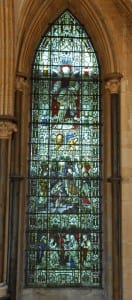

Pictured on the left – ‘Birth, death and resurrection’ situated in the Cathedral, dedicated to the death of Rosamund.
Pictured on the right – the intricate lily design carved into the prayer desk that is situated within Rosamund’s school.
Influences
We have been influenced greatly by the ‘Friendliest Black guy in America ©’, William Pope L. Within The Great White Way, Pope L. makes a pilgrimage along the length of Broadway. We have decided to include a pilgrimage in both our pre-performance and post-performance. We will be performing the pre-performance on April 8th, and will record our travels from the site of Rosamund’s school, to the Cathedral to lay the PE kit, and finally to the Drill Hall. The footage that is captured will then be intertwined with the oldest gymnastics video that can be found at this link –
https://www.youtube.com/watch?v=D6RK0M6-GUg
In addition, once we have finished the instillation and performances (the details of which are still being clarified, and will be explained at a further date) we will be taking a bunch of lilies up to Rosamund’s school and leaving them at the gates in memorial to her.
In addition, we have been influenced by Taking Birds and their use of projections to tell a story. Throughout the creation of our instillation will we have the pilgrimage from the school playing on repeat for passers-by to view.
